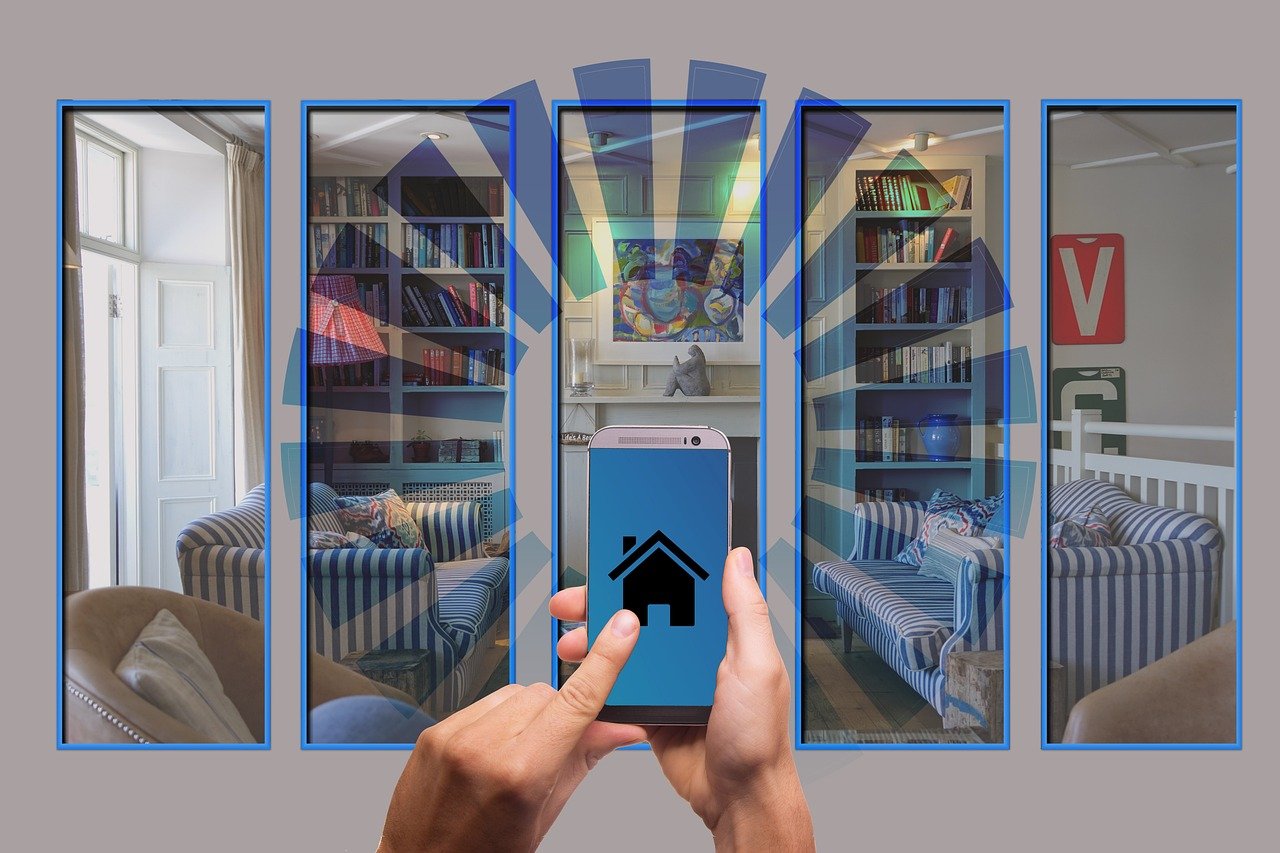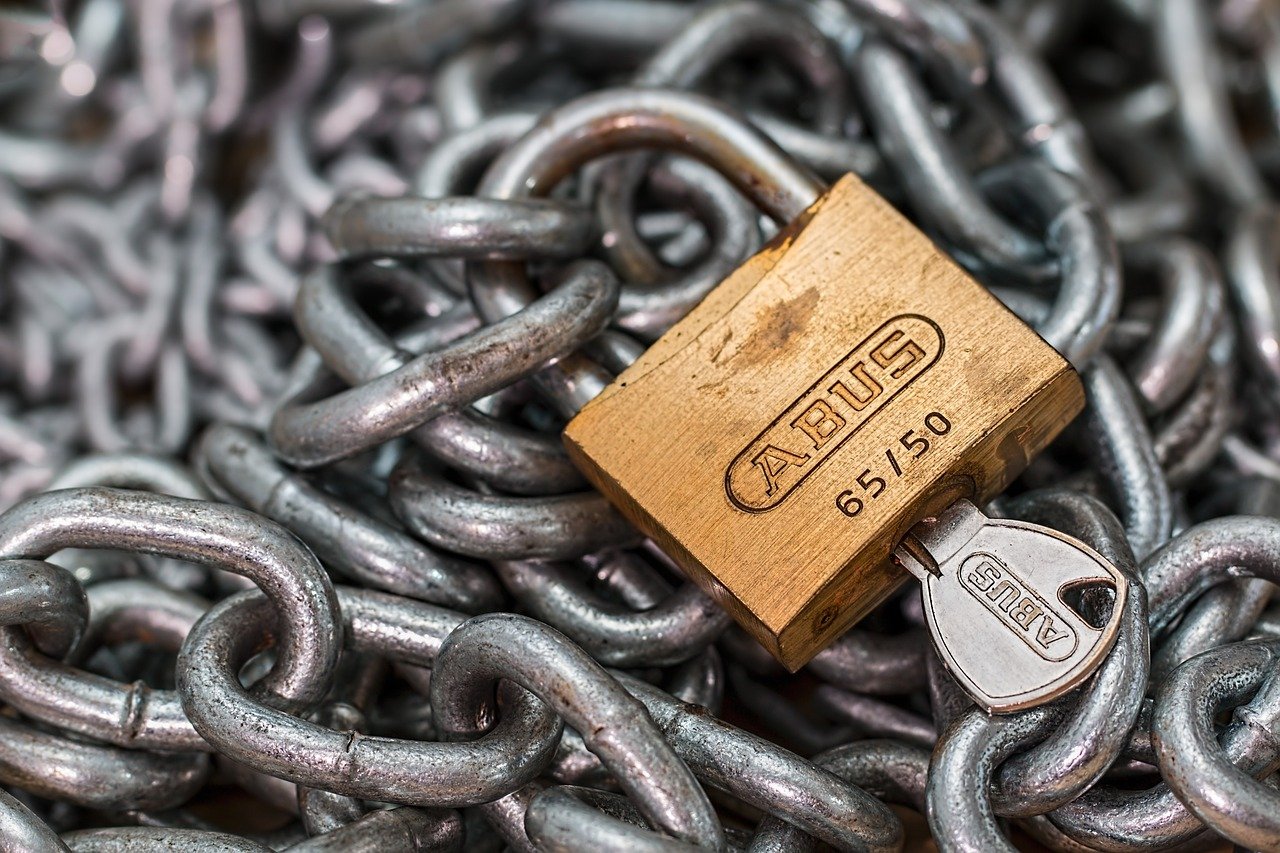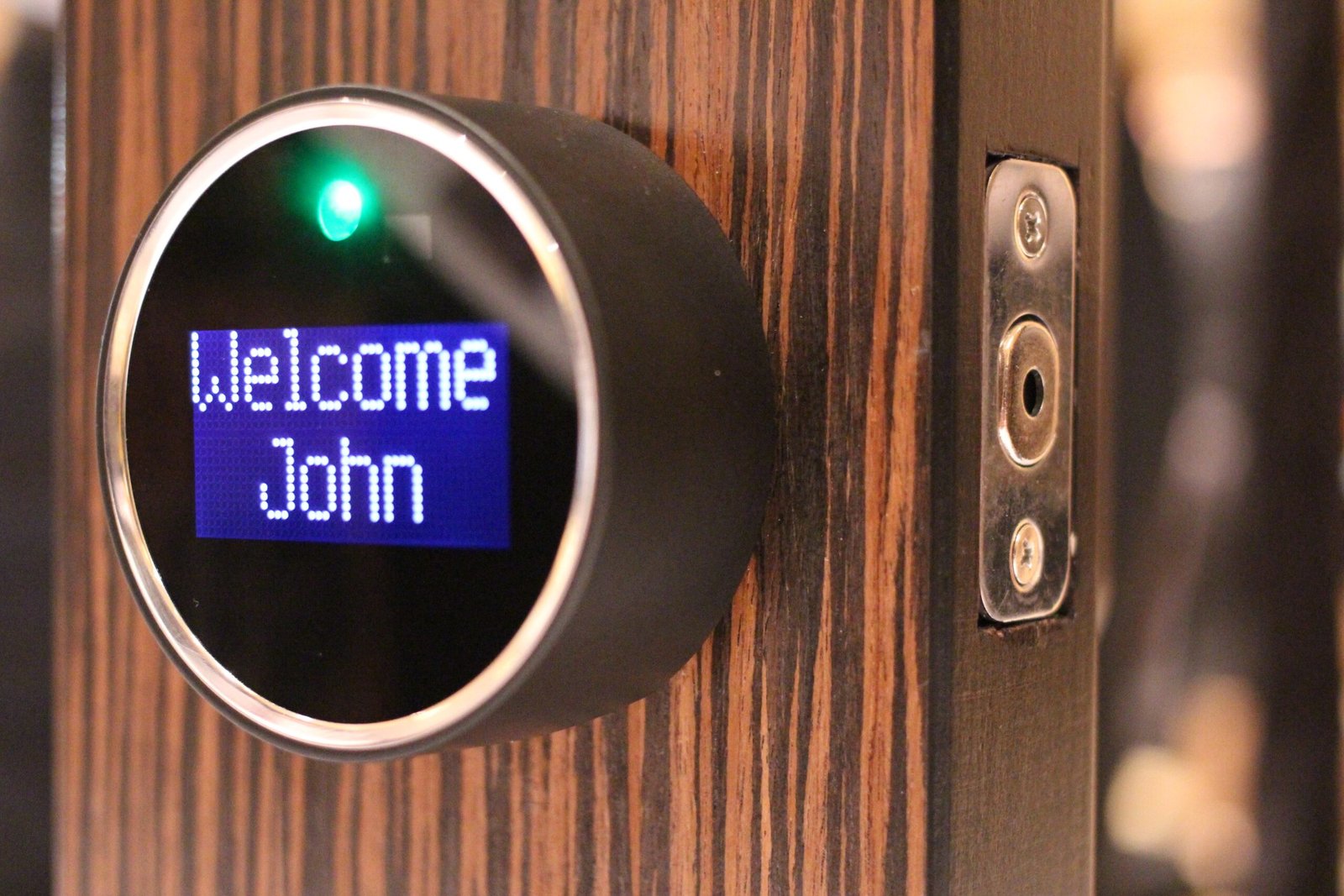Smart locks were meant to make us feel safer—but could they actually be handing criminals a key to your front door? The idea of unlocking your home with a tap or a code is undeniably cool, but as millions embrace this digital upgrade, a growing number of experts warn: the same tech that promises to protect us might also be the thing that puts us in danger.
The Allure of Smart Locks: Convenience Meets Modernity
Imagine walking up to your house with arms full of groceries. Instead of fumbling for keys, you tap your phone and—click—the door unlocks. That’s the magic smart locks sell: instant access, no keys required, and the feeling that your home is as cutting-edge as your phone. You can even let in the dogwalker or a friend from anywhere in the world with a code or app. But this rush toward convenience is blinding many to what’s hiding behind the curtain. As more people jump on the smart lock bandwagon, the risk of digital threats sneaking through the back door is growing fast.
The Rise of Cybercrime: An Unseen Threat

While you’re enjoying the perks of smart home tech, hackers are quietly stepping up their game. Cybercrime is now projected to cost the world a staggering $10.5 trillion per year by 2025, making it one of the most lucrative criminal industries on the planet. Smart home gadgets—especially smart locks—have become prime targets. Criminals no longer need a crowbar or a lockpick; a laptop and a Wi-Fi signal can be enough. Suddenly, your “safe” home is part of a much bigger battlefield.
Vulnerabilities in Smart Lock Technology: Cracks in the Armor
Beneath their sleek design, many smart locks hide serious flaws. Most depend on Wi-Fi or Bluetooth, technologies that, while convenient, aren’t invincible. Researchers at the University of Michigan tested dozens of popular smart locks and found that 80% had at least one significant vulnerability. Imagine investing in high-tech security only to learn that your front door could be unlocked by someone with the right hacking know-how. For many, this is an unsettling reality.
The Human Element: Are We Our Own Weakest Link?
Even the most advanced smart lock can be undone by a simple mistake: a weak password. Despite endless warnings, millions of people still use passwords like “123456” or “password”—and smart locks are no exception. A recent survey by NordPass showed that embarrassingly simple codes are still widespread. Hackers know this and often try common passwords first. It’s a bit like installing an armored door, then taping a spare key to the mailbox.
The Importance of Regular Updates: Don’t Ignore the Notifications

Software updates are like vaccines for your devices—they patch up vulnerabilities before criminals can exploit them. Yet research from Bitdefender found that 57% of smart device owners don’t bother to update regularly. Skipping updates is like leaving your home security system unplugged. Even the best smart lock can become a sitting duck if outdated software leaves gaping holes open for hackers.
The Risks of Third-Party Integrations: When One Device Fails, All Are Exposed

Smart locks often connect with other devices—think security cameras, smart lights, or home assistants. This makes life easier, but it also links your security to a chain that’s only as strong as its weakest link. If a hacker breaks into one device, they could potentially access your entire smart home. Kaspersky found that 38% of smart home owners never change default settings, making it shockingly easy for attackers to slip right in through the digital cracks.
Real-Life Breaches: When Smart Locks Let Strangers In
Stories of smart lock breaches are no longer just the stuff of hacker forums. In one chilling case, a family returned home to find their smart lock disabled and strangers inside. The intruders had exploited a security flaw that let them bypass the lock entirely. Such incidents aren’t just rare flukes—they’re red flags for every smart lock user. Knowing these stories, it’s impossible not to wonder: how secure is your front door, really?
Best Practices for Smart Lock Security: How to Stay Safe
It’s not all doom and gloom—there are real ways to protect yourself. Start by changing any default passwords to something unique and strong. Enable two-factor authentication if your lock supports it, and always install updates when prompted. Choose smart locks that offer robust encryption and a proven security track record. Think of these steps as your digital deadbolts—small actions that can make a world of difference against digital intruders.
The Future of Smart Lock Security: Innovation or Invitation?

Smart lock technology is evolving fast. Manufacturers are racing to stay ahead of hackers with stronger encryption, faster updates, and smarter features. But as our homes get smarter, so do the threats. The future may bring even tougher security, but for now, homeowners must stay alert and proactive. The battle between convenience and risk is far from over.
Conclusion: Weighing Convenience Against Risk

Smart locks offer undeniable convenience and modern appeal, but they also come with risks that cannot be ignored. As a homeowner, it’s crucial to weigh the benefits against the potential vulnerabilities. By staying informed, adopting best practices, and choosing secure devices, you can enjoy the advantages of smart locks while minimizing the risks to your home.


